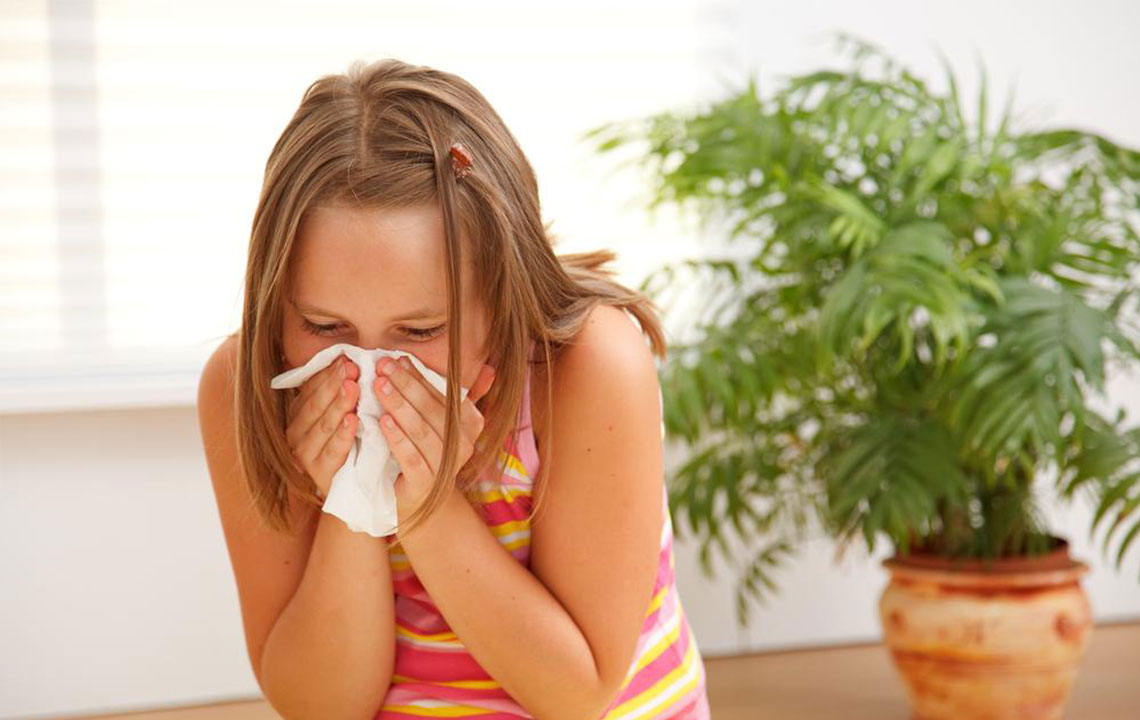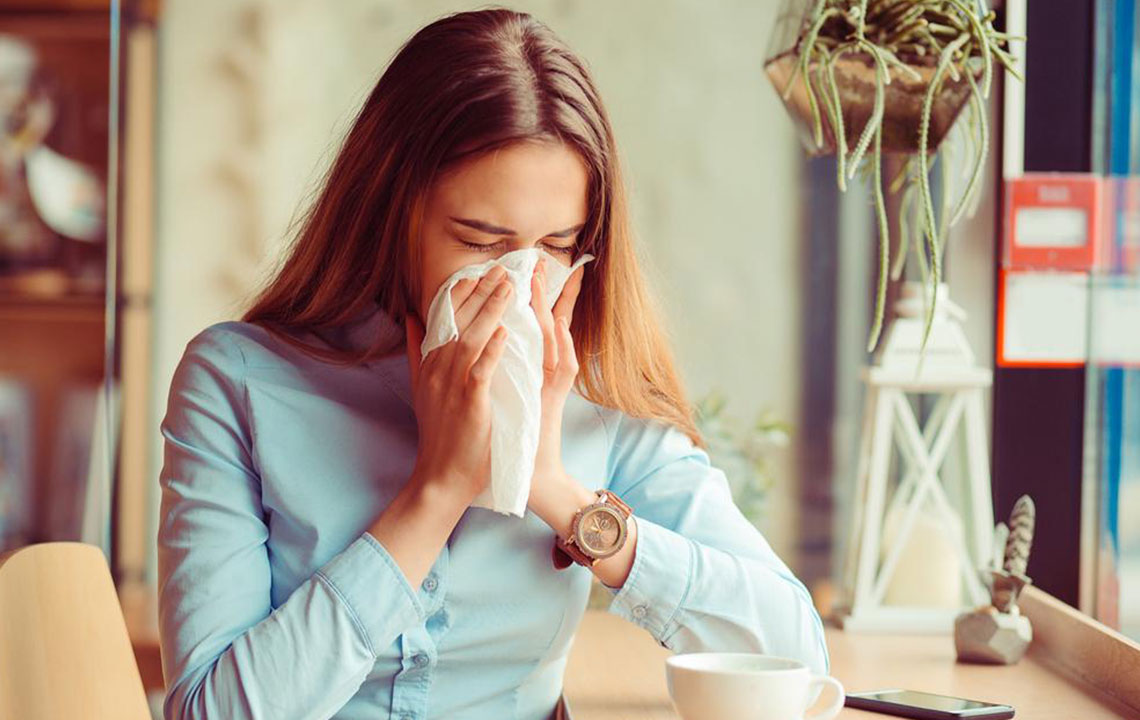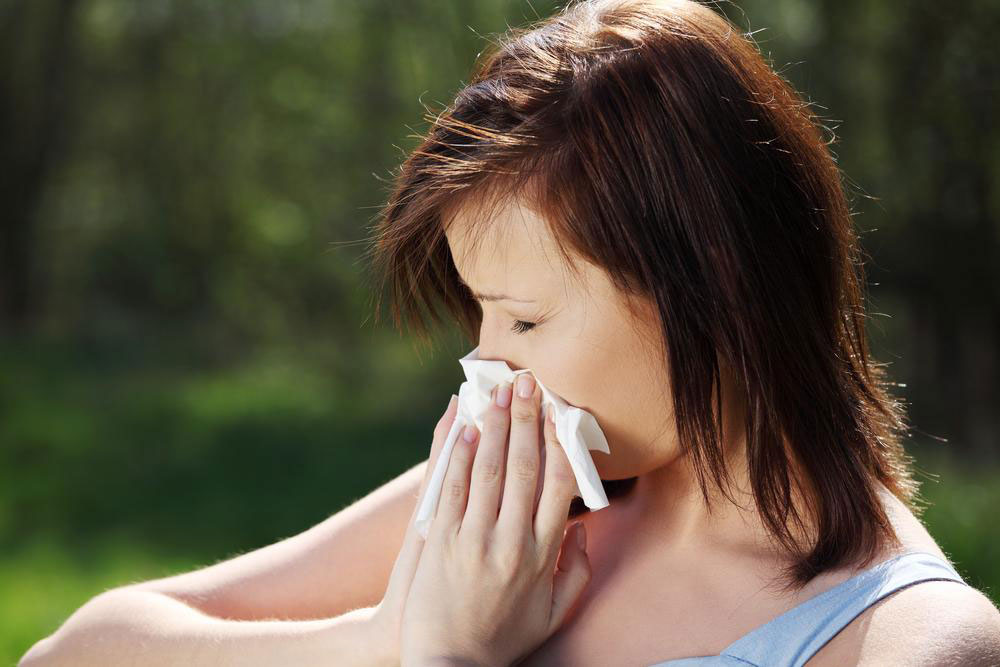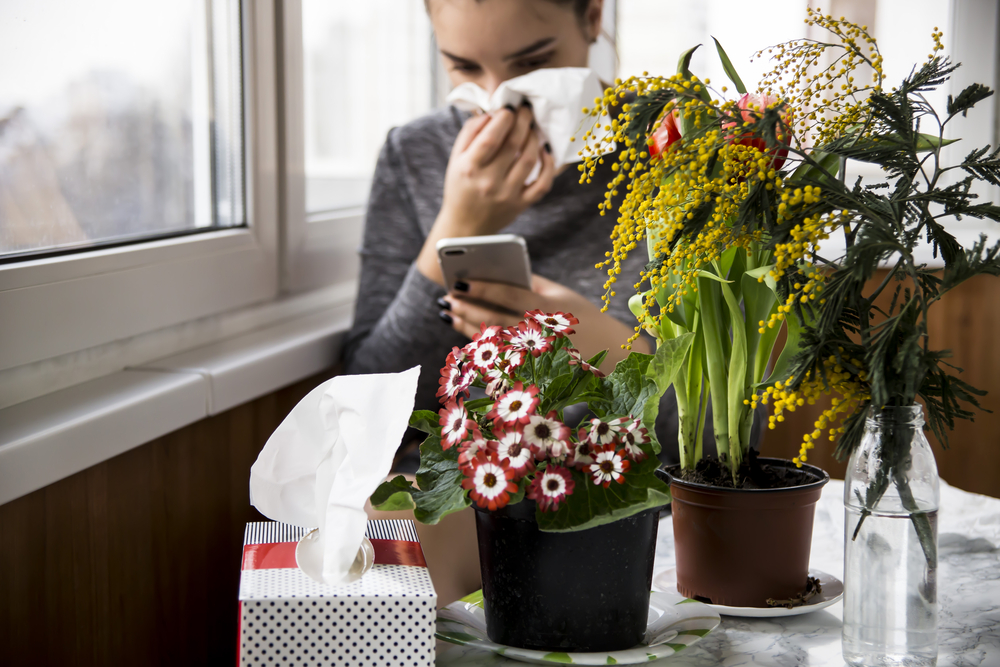Comprehensive Guide to Effectively Managing and Treating Allergies at Home
This comprehensive guide offers effective strategies for managing and treating allergies at home. It covers diagnosis, medications, trigger avoidance, immunotherapy, and practical home remedies. Implementing these methods can help alleviate symptoms, prevent allergic reactions, and improve overall health, making allergy management more effective and manageable for everyday life. Expert advice and lifestyle adjustments are essential for comprehensive allergy control.

Comprehensive Guide to Effectively Managing and Treating Allergies at Home
Allergies are immune system responses triggered by substances known as allergens, which include pollen, pet dander, dust mites, mold spores, certain foods, insect stings, and other foreign particles. These reactions can lead to inflammation and discomfort, ranging from mild symptoms like sneezing and itchy eyes to severe reactions such as difficulty breathing or anaphylaxis. Proper diagnosis, treatment, and lifestyle adjustments are essential to reduce symptoms and improve quality of life for allergy sufferers.
Understanding Allergy Treatments
Effectively managing allergies requires a combination of strategies tailored to the specific allergens and individual severity. Health professionals employ various diagnostic methods, such as skin prick tests, blood tests (like specific IgE testing), and comprehensive medical histories to identify triggers precisely. Once diagnosed, an integrated management plan can be implemented to control symptoms and prevent allergic reactions.
Once an allergy has been diagnosed, doctors usually recommend a combination of medication, trigger avoidance, immunotherapy, and lifestyle adjustments to manage symptoms effectively.
Medications for Allergy Relief
Medications are the cornerstone of allergy management. They help to reduce or eliminate symptoms by modulating immune responses or alleviating inflammation. Common allergy medications include antihistamines, which block histamine release; decongestants, which reduce nasal swelling; leukotriene receptor antagonists; and corticosteroids, which suppress inflammatory processes. These medications are available in various forms such as tablets, nasal sprays, eye drops, or injections. While effective, some medications may carry side effects—for instance, corticosteroids can increase blood pressure or cause mood changes—thus, they should always be used under professional medical guidance.
Trigger Avoidance Strategies
One of the most effective ways to manage allergies is by avoiding known triggers. Identifying specific allergens through testing allows targeted avoidance measures. For example, if pollen is a trigger, keeping windows closed during high pollen seasons, using air purifiers, and avoiding outdoor activities during peak pollen times can help. For pet allergies, minimizing exposure by keeping pets out of bedrooms and washing hands after pet contact is crucial. Eliminating indoor mold by reducing moisture levels and regularly cleaning dust from surfaces can also significantly reduce allergic reactions.
Immunotherapy Options
For individuals with severe or persistent allergies who do not respond well to medication and avoidance strategies, immunotherapy offers a long-term solution. This treatment involves administering gradually increasing doses of allergens—either through allergy shots (subcutaneous injections) or oral tablets—to desensitize the immune system. Over time, immunotherapy can reduce the severity of allergic responses and, in some cases, lead to sustained relief even after treatment ends.
Home Remedies and Lifestyle Adjustments for Allergy Relief
Alongside medical treatments, several home remedies and lifestyle modifications can alleviate allergy symptoms and improve comfort. Recognizing common allergens — such as pet fur, pollen, dust mites, mold, certain foods, bee stings, and latex — helps in adopting preventive measures. Practical steps include:
Changing clothes after outdoor activities to remove pollen and dust
Taking a shower and washing hair before bed to eliminate external allergens
Washing bedding, curtains, and linens regularly with hot water to kill dust mites and mold spores
Using saline nasal rinses to clear nasal passages and reduce congestion
Fixing leaks and improving ventilation to prevent mold growth
Using dehumidifiers to maintain indoor humidity below 50% as high humidity fosters mold and dust mites
Vacuuming carpets, rugs, and upholstery frequently using HEPA filters to trap allergens
Keeping pets out of bedrooms and regular grooming of animals to reduce dander
Additionally, maintaining a clean, allergen-free environment at home plays a vital role in symptom management. Regular cleaning routines, proper ventilation, and using air purifiers with HEPA filters are essential to reduce airborne allergens. Avoiding smoking indoors and reducing exposure to household chemicals can further minimize respiratory irritants. For individuals with mold allergies, controlling indoor humidity, fixing leaks promptly, and removing moldy materials are crucial steps.
In conclusion, effective allergy management at home involves a combination of accurate diagnosis, appropriate medication, lifestyle modifications, trigger avoidance, and home remedies. These strategies, when combined, can significantly reduce symptoms, prevent severe allergic reactions, and improve overall well-being. Consulting healthcare professionals for personalized treatment plans ensures optimal control over allergies and enhances quality of life for sufferers.





